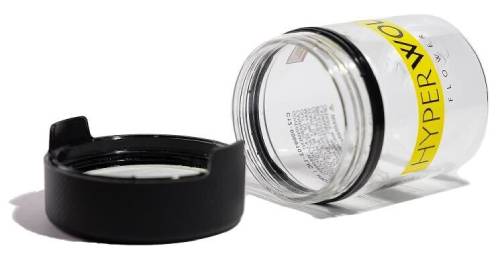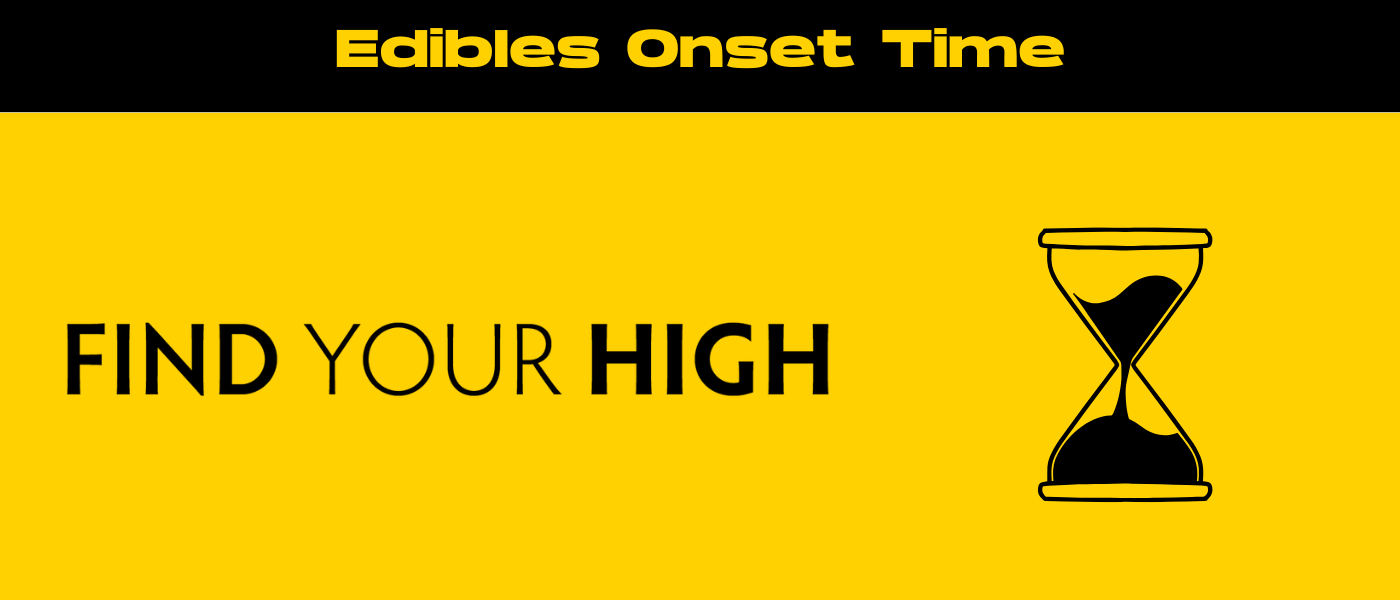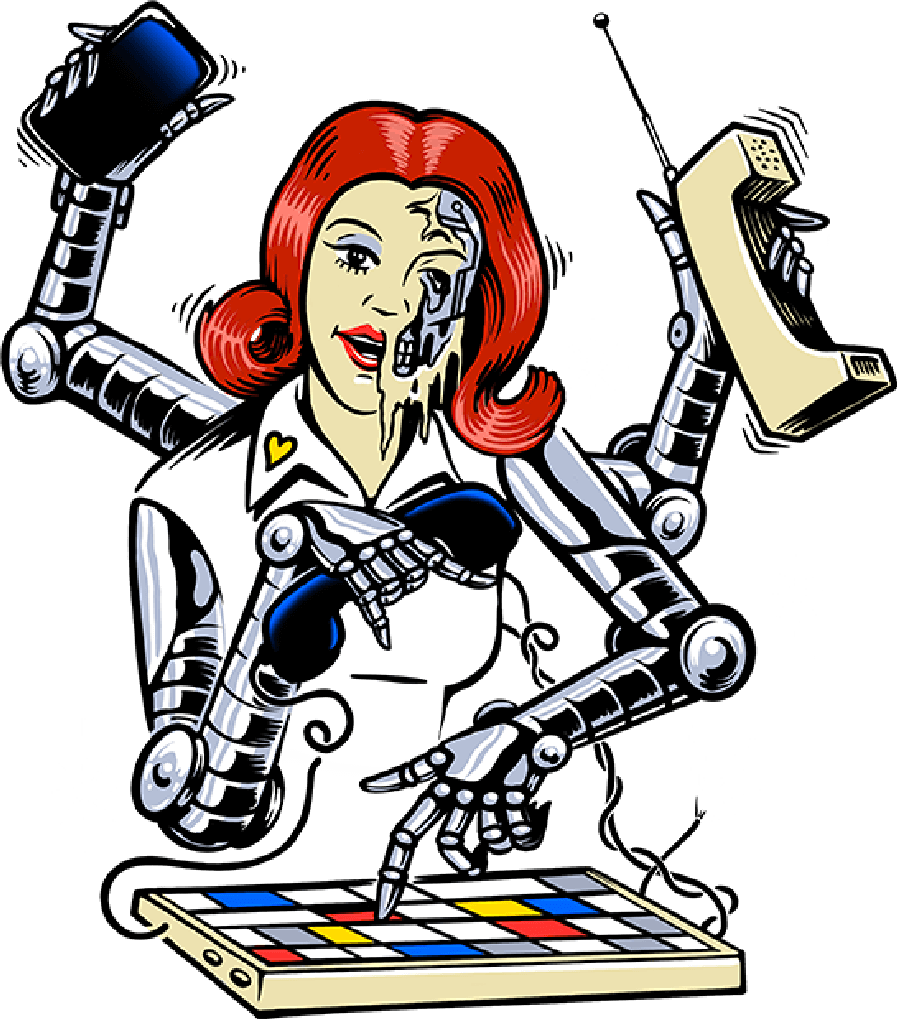Cannabis edibles have surged in popularity in recent years, offering an alternative to vaping or smoking cannabis that’s discreet, tasty, and often longer-lasting. But one question that pops up time and again among new and even experienced users is: how long does it take for edibles to kick in?
Unlike smoking flower, which delivers effects within minutes, edibles can take a while before you start feeling anything, and this delay sometimes leads to confusion, impatience, or even accidental overconsumption.
Understanding the timing behind edible onset isn’t just a matter of curiosity—it’s essential for a safe, enjoyable experience. This guide unpacks everything you need to know about how edibles are processed, what affects their onset time, and how you can manage your expectations and dosing for the best results when consuming cannabis edibles.
What Are Edibles? A Quick Overview
Before diving into timing, let’s briefly cover what edibles actually are. Edibles are food or drink products infused with cannabis extracts from the cannabis plant, typically containing THC (tetrahydrocannabinol), the psychoactive compound responsible for the “high.” Popular edible formats include gummies, chocolates, brownies, cookies, beverages, and even tinctures or sprays designed for oral consumption.
What sets tasty THC edibles apart from smoking or vaping cannabis is the method of delivery. Instead of inhaling cannabinoids directly into your lungs, edibles are digested through your stomach and metabolized by your liver, which impacts how quickly and intensely the effects hit you. This process creates a unique experience that’s both slower to start and often longer-lasting.
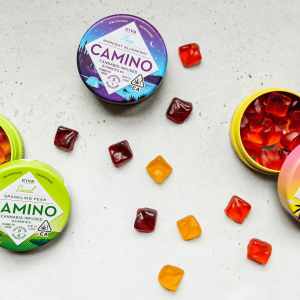
Typical Onset Time for Edibles: What to Expect
When you eat an edible, you might expect to feel the effects within 10 or 15 minutes, similar to smoking—but that’s rarely the case. Onset times for edibles typically range from 30 minutes up to 2 hours, with many users noticing effects around the 45 to 90-minute mark.
After onset, effects generally peak between 2 to 4 hours post-consumption, then gradually taper off. This slower, steadier curve is one reason many people prefer edibles for things like pain management or sleep—they deliver sustained relief without the sharp peaks and drops you can get from inhalation.
It’s important to understand that onset can be quite variable from person to person, so the 30 minutes to 2 hours window is a guideline rather than a guarantee. Knowing this variability helps set realistic expectations and prevents frustration or dangerous redosing.
How Edibles Are Metabolized in the Body
To understand why edibles take time to kick in, it helps to look at how your body processes them. When you eat an edible, it first passes through your digestive tract. From there, THC travels to your liver, where it’s converted into a metabolite called 11-hydroxy-THC when consumed orally. This compound is more potent and crosses the blood-brain barrier more easily than THC itself, which is why edibles often feel stronger and last longer.
This metabolic journey explains the delayed onset of most edibles compared to smoking, where THC enters your bloodstream directly via the lungs and hits your brain within minutes.
Additionally, different edibles like tinctures or sprays can be absorbed sublingually (under the tongue), bypassing some digestion and liver processing, leading to faster onset times.
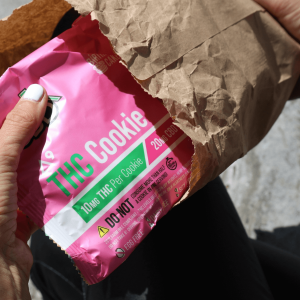
Factors That Influence How Long Edibles Take to Kick In
Several variables influence how quickly you’ll feel edible effects. Here’s a breakdown of the main factors:
- Metabolism: People with faster metabolisms process edibles quicker, leading to earlier onset. Slower metabolisms can delay effects.
- Stomach contents: Eating on an empty stomach generally speeds onset since there’s less food to digest, while a full stomach slows things down.
- Dosage and potency: Larger doses can sometimes take longer to process but produce more intense, longer-lasting effects.
- Type of edible: Solid foods like brownies take longer to digest than liquids or tinctures, affecting onset speed.
- Individual tolerance and experience: New users might notice effects more quickly and intensely than regular consumers.
Recognizing these factors helps tailor your edible use to your unique body chemistry and lifestyle.
Full Stomach vs. Empty Stomach: What’s the Difference?
Whether your stomach is empty or full when you consume an edible makes a significant difference in how fast the effects kick in.
On an empty stomach, edibles can start working in as little as a half an hour (30 minutes). Without competing food to slow digestion, THC enters the bloodstream more quickly, producing faster and sometimes stronger effects.
Conversely, if you’ve just eaten a large meal, the edible’s onset can be delayed well beyond 2 hours. This is because your body is busy processing the food, and cannabinoids get absorbed more slowly.
While a faster onset might sound appealing, it can also increase the risk of a sudden, intense high that catches you off guard. A slower onset from a full stomach provides a gentler, more gradual experience but requires more patience.

The Role of Dosage in Onset Timing
Dosage is a double-edged sword when it comes to edible onset. Higher doses often mean a stronger and longer-lasting high, but the timing to feel those effects can sometimes stretch out.
A small dose (5–10mg THC) may kick in faster and produce more manageable effects. Larger doses (50mg or more) might take longer to digest fully but result in a much more intense experience once they do.
This dynamic is why it’s so important to start low and go slow—if you feel nothing after 30 minutes, resist the temptation to redose immediately. Remember, some edibles might take up to 2 hours or more to fully kick in, especially at higher doses.
Comparing Different Types of Edibles and Their Onset Times
Not all recreational cannabis edibles are created equal, and their form influences how quickly they take effect:
- Gummies, baked goods, chocolates: Typically take 30 to 90+ minutes to kick in because they require full digestion.
- Cannabis-infused drinks and tinctures: Often work faster, around 15 to 45 minutes, since liquids digest quicker.
- Sublingual tinctures and sprays: Absorbed under the tongue, these can take effect within 15 to 30 minutes because they enter the bloodstream directly.
- Nano-emulsified edibles: These use advanced technology to break THC into tiny particles, speeding absorption. They can work in as little as 10 to 20 minutes.
Knowing the type of edible you’re consuming helps manage expectations around timing.
How Individual Tolerance Affects Onset Time
Tolerance is a key player in how your body reacts to edibles. New or occasional users often feel effects sooner and more strongly. This is partly because their endocannabinoid systems aren’t accustomed to THC, so even small amounts create noticeable changes.
Regular users with higher tolerance might find edibles take longer to kick in and produce milder effects. Their bodies process THC differently, requiring larger doses for the same impact.
Regardless of tolerance, it’s wise to pay close attention to dosing and onset times to avoid surprises.

Why Patience Is Crucial When Waiting for Edibles to Kick In
One of the biggest mistakes people make with legalized cannabis edibles is not waiting long enough before redosing. Because the onset is delayed, users sometimes think their dose isn’t working and eat more too soon, leading to overwhelming highs.
Patience is your best friend here. Waiting at least 2 full hours before taking more allows you to properly gauge how the edible is affecting you.
It helps to keep busy, stay calm, and avoid checking in obsessively on how you feel. Distract yourself with light activities or relaxation, and let your body do its thing.
Signs Your Edible Is Starting to Work
When the effects begin to surface, they can be subtle at first. You might notice:
- A gentle warmth or heaviness in your body
- Mild relaxation or changes in mood
- Heightened sensory perception, like sounds seeming clearer or colors brighter
- Slight alteration in time perception
Recognizing these early signs helps you avoid panic or impatience. Remember, the full experience can build gradually over the next hour or so.
How to Make Edibles Kick In Faster (Safely)
If you want to speed up onset responsibly, consider these tips:
- Consume on an empty or lightly full stomach
- Stay hydrated, but avoid gulping large amounts of water right after dosing
- Engage in light physical activity, like walking, to boost metabolism
- Avoid alcohol or other substances that slow digestion
Keep in mind, speeding onset might intensify effects, so start with a low dose and be mindful.
What to Do If Your Edible Takes Too Long or Too Short to Kick In
If you find your edible is taking longer than expected:
- Practice patience—wait at least 2 hours before re-dosing
- Distract yourself with calming activities
- Stay hydrated and avoid anxiety-inducing situations
If effects come on too quickly or feel overwhelming:
- Find a safe, comfortable space
- Try deep breathing or relaxation techniques
- Drink water or have a light snack to ground yourself
- Remember that the effects will pass with time
If you experience severe discomfort, don’t hesitate to seek medical help.
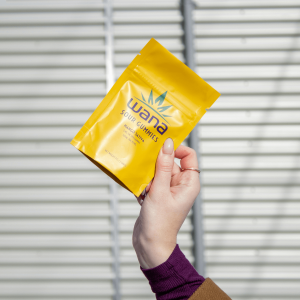
The Science Behind Delayed Onset: Why Edibles Take Time
The delay in edible onset boils down to how cannabinoids interact with your digestive and metabolic systems. When you eat an edible, THC is bound up in fat and other compounds that must be broken down in your stomach and intestines.
From there, THC goes to the liver, where it’s converted into 11-hydroxy-THC—more potent and longer-lasting. This multi-step process naturally takes longer than the almost instantaneous absorption through your lungs with smoking.
Fatty foods can slow digestion and delay onset even more, while liquids and sublingual products shortcut digestion for faster delivery.
Final Tips for a Safe and Enjoyable Edible Experience
To wrap it all up, here are some key takeaways to help you enjoy CBD edibles and THC edibles safely and effectively:
- Start low, go slow: Begin with a low dose (5–10mg THC) and wait at least 2 hours before considering more.
- Know your edible type: Be aware of onset times based on the product you choose.
- Pay attention to your stomach: Eating habits affect how quickly edibles work.
- Stay patient: Rushing often leads to overconsumption and unpleasant or less-than desired effects.
- Store edibles properly: Keep them cool, dark, and airtight to preserve potency.
- Listen to your body: Everyone metabolizes cannabinoids differently, so adapt accordingly.
Edibles offer a wonderful way to experience cannabis and other cannabinoids, but understanding the timing behind their psychoactive effects is essential. With the right knowledge and patience, you can enjoy a safe, satisfying, and predictable edible experience every time.
How Long Does it Take for Edibles to Kick In: Frequently Asked Questions
1. How strong is a 100mg edible?
A 100mg THC edible is considered a very strong dose and is usually recommended only for experienced users with high tolerance. For most people, especially beginners, 5 to 10mg is a safer starting point. Taking 100mg can lead to intense, long-lasting effects that may be overwhelming or uncomfortable if you’re not prepared. Always approach high-dose edibles with caution, and consider splitting the dose over time if needed.
2. How quickly do you feel the effects of edibles?
Typically, edibles take between 30 minutes to 2 hours to start producing noticeable effects. This delay occurs because the THC needs to be digested and metabolized by your liver before entering your bloodstream. Factors like metabolism, stomach contents, and edible type can speed up or slow down this process. Patience is key—rushing to re-dose can lead to overconsumption and adverse effects.
3. Why do edibles take 2 hours?
Edibles take up to 2 hours to kick in because of the digestive process. After eating, THC passes through your digestive system and liver, where it’s converted into a more potent form called 11-hydroxy-THC. This metabolic step takes time, causing the delayed onset compared to inhalation methods where THC enters the bloodstream almost immediately.
4. Do edibles hit faster before or after eating?
Edibles generally hit faster on an empty stomach because there’s less food to slow digestion and absorption. When you consume edibles after a meal, the onset can be delayed as your body processes the food first. However, eating before edibles can also moderate the experience, leading to a slower, gentler onset that some people prefer for better control.
5. Can you become addicted to edibles?
While most people can use cannabis edibles responsibly, it is possible to develop a psychological dependence over time—especially with frequent, high-dose use. Cannabis use disorder (CUD) can occur with any form of THC consumption, including edibles, though physical addiction is less common compared to other substance use like nicotine or alcohol. Signs of overuse might include needing more to feel the same effects, struggling to cut back, or using edibles to cope with stress or sleep every day. If you’re concerned about your relationship with cannabis, it’s always a good idea to take a break, reflect on your usage, or speak with a healthcare professional.

 Rewards
Rewards


